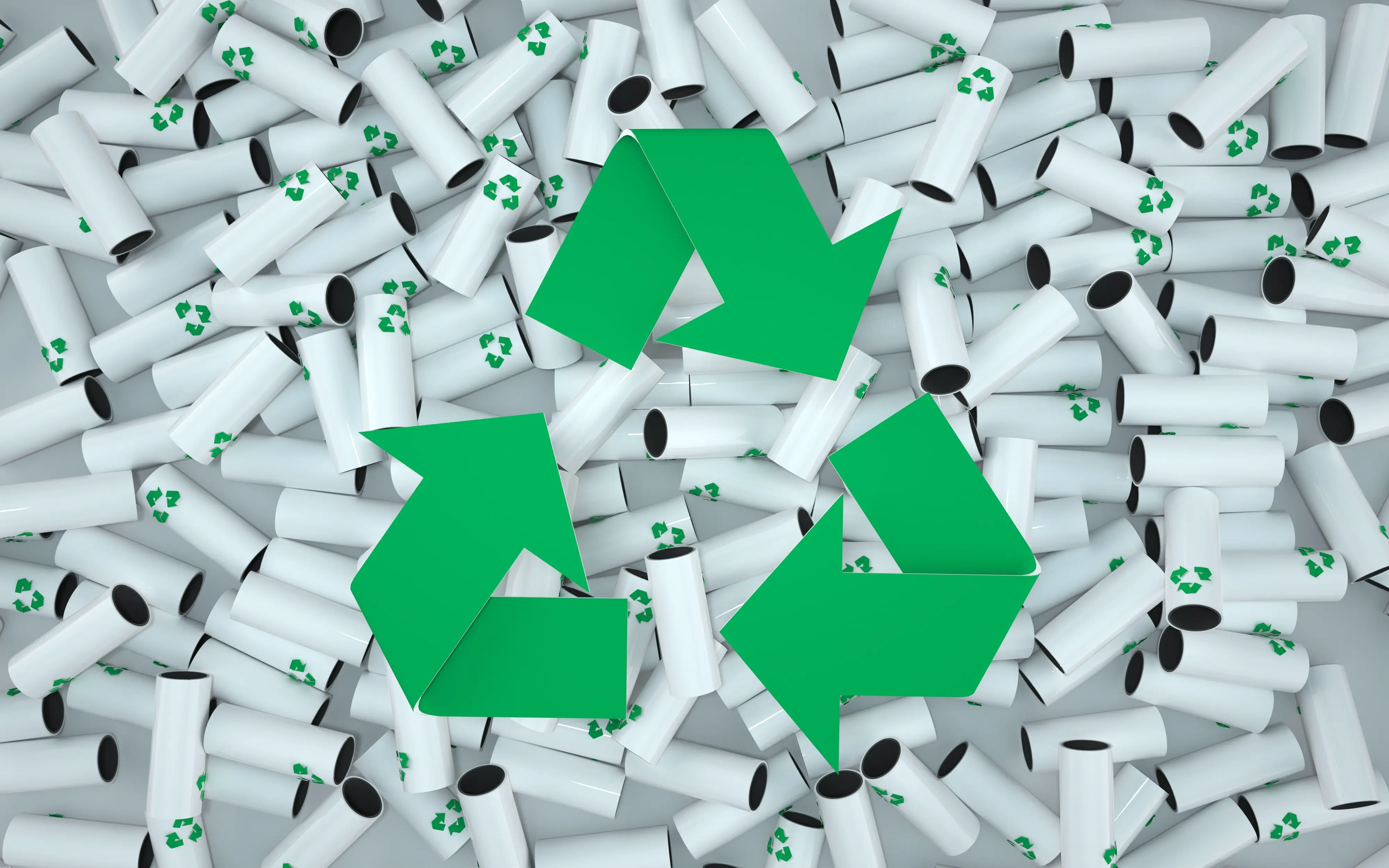When selecting a calcium extractant, consider chemical compatibility, extraction efficiency (up to 95% effectiveness), environmental safety, cost-effectiveness, and supplier reliability.
Chemical Compatibility
When selecting a calcium extractant, chemical compatibility should be your first consideration, ensuring that the extractant will extract calcium without interfering with other components of the system.
Extractant Chemistry
Calcium extraction by chelation (EDTA or citric acid) results in stable, soluble complexes that can be easily removed from solution. More trouble to deal with The types of unwanted byproducts are understandable, as any extractant can react with other ions or chemicals in the process, produce new low-boiling species, or can affect other phases in phase-change extractions.
Evaluate System Requirements
Before selecting an extractant, the chemical environment of the system must be carefully evaluated. For example, if the process is run under acidic conditions, the extractant must be both effective in extracting the target metal and stable under acidic conditions. The difference between the system pH and the extractant can significantly reduce the recovery of the extract. Some extractants can lose more than 50% of their effectiveness if the pH is shifted two units outside of their optimal range.
Evaluate Interactions with Other Materials
The compatibility of the extractant with other equipment materials should also be a consideration. Some extractants are corrosive or can attack metal or plastic parts in machinery. Compatibility testing must be performed before any extractant is used, otherwise its use may damage the equipment, leading to expensive repairs or, even worse, downtime.
Optimize for better performance
More rational use of calcium extractants can save process costs. Companies can choose extractants that are compatible with the solution chemistry, thereby reducing the need for supplemental stabilizers or passivation layers in the system and reducing the total cost of ownership.

Extraction Efficiency
The most important criterion for selecting a calcium extractant is the efficiency of the extract recovery. Purity and cost extraction is affected by the region, which will explain the ability to effectively decompose calcium ions from the solution, which is partly the measure of this metric.
Measuring efficiency
Most calcium extractants are evaluated by how much they reduce the calcium ion concentration in a specific medium. Under ideal calculations, an efficient extractant can achieve a 95% yield. The calcium ion content on the first day and the residual on the third day must be kept in mind to correctly evaluate the efficiency.
Factors affecting efficiency
The extraction efficiency of a calcium extractant can be affected by a variety of factors. These parameters include the pH of the solution, the competing ions, and the operating temperature. For example, EDTA-based extractants are effective under weak alkaline conditions. By adjusting these parameters, you can help your extraction process better.
Optimizing conditions for maximum efficiency
Changing the operating conditions should be able to improve the efficiency of calcium extraction. This may change the concentration of the extractant, the pH, and the temperature of the extraction environment. Higher extractant concentrations usually directly affect the extraction efficiency, but may have associated costs in other aspects of the process.
Benchmarking against Industry Standards
The extraction efficiency of different extractants needs to be evaluated against industry standard metrics. In almost all cases, companies implementing our bromine extraction technology conduct trials to determine the best extractant (balancing price and performance) for their respective application sites. The results of these tests are used to guide the selection process in the appropriate direction and ensure that the selected extractant has the necessary efficiency limits.
Environmental Safety
Given the stringency of industrial emission controls and industrial waste disposal guidelines, environmental considerations are a top priority when selecting a calcium extractant. Such an extractant should not only be effective, but also be environmentally friendly.
Biodegradability of the Extractant
Choosing a biodegradable calcium extractant is important to mitigate long-term environmental impacts. For example, for COSTA C procedures, the use of citric acid and other organic acid-based extractants is desirable in environmentally sensitive areas because they are naturally degradable in the environment and therefore do not pose a significant toxicity risk to aquatic and soil organisms.
Toxicity Levels
Calcium extractants can be highly toxic. For example, EDTA is effective, but it is very stubborn and has the potential to bioaccumulate. Choosing less toxic extractants is one way to comply with environmental regulations and to manage certified green vegetable substrates.
Impacts on the Aquatic and Soil Environment
This means determining which of the many other bug breeders will disappear wherever you shoot. Certain synthetic extractants can also radically change the pH of soil and water bodies, which can favor organisms that disrupt the ecosystem (5). Therefore, it is important to choose an extractant that is sustainable and will not harm the environment. For example, a small change of 0.5 pH units in a body of water can result in a 30% reduction in fish biomass.
Environmental Compliance
The importance of complying with environmental standards cannot be overstated. Applications planning global expansion will require these due to standards such as the EU’s REACH (Registration, Evaluation, Authorization and Restriction of Chemicals) and the US’s EPA guidelines. Compliance documentation such as Material Safety Data Sheets (MSDS) and Environmental Impact Assessments are critical when selecting an extractant.
Cost Considerations
From an economic perspective, the choice of calcium extractant is critical and can literally mean the difference between the economic viability and sustainability of the extraction process.
Initial Cost and Operating Costs
The cost of the extractant itself is one thing, but it also impacts operating costs. For example, more efficient extractants may cost more per unit, but the cumulative cost may be lower than if these products were cheaper, but more were needed to achieve the same results, and they would need to be reapplied more frequently. Taking all of these factors into account, it can be shown that more expensive extractants can actually reduce overall costs by up to 20%.
Impact on Maintenance and Downtime
The selected extractant will determine maintenance costs and processing downtime. Extraction solutions that are less abrasive and cause less wear on equipment can ultimately reduce maintenance costs and increase ore recovery in later processing stages. Upgrading from a more cost-effective and corrosive extractant to one that is slightly more expensive but much less corrosive can save a plant around 15% in maintenance costs per year.
Procurement Economies of Scale and Supply Chain Effects
Another way to reduce the unit cost of extractants is to enter into a bulk purchasing agreement. Additionally, choosing a supplier with trustworthy and effective logistics can reduce shipping delays and their associated costs. Improved sourcing strategies can save companies up to 10% in supply costs.
Lifecycle and disposal costs
It is also important to consider the lifecycle costs of an extractant, including disposal and compliance with applicable environmental laws. Potentially hazardous extractants require special handling and disposal procedures, which is another hidden cost. While choosing an environmentally friendly extractant may incur more upfront costs, such formulations often reduce ongoing disposal and compliance costs.
Supplier Reliability
Using it as a calcium extractant and adding it becomes a real need for industrial operations that want to always have a similar quality and well-managed supply chain.
Evaluate the supplier’s history and reputation
The supplier’s reputation is actually the strongest evidence of quality. Be wary of suppliers with a history of unstable supply of high-quality extractants. For example, you can usually trust suppliers that have ISO certifications or have successfully signed long-term contracts with industry giants. In most cases, they demonstrate dedication to quality and a sound operational foundation.
Supply Chain and Delivery Consistency
In addition, the reliability of a supplier depends on the ability to complete projects on time. Delayed delivery can be very disruptive, especially in institutional processes that require a steady supply of chemicals. It is also important to evaluate the supplier’s track record in logistics, that is, how they have handled past disruptions (plant strikes, natural disasters, etc.). Good suppliers usually have contingency plans that cover 95% of all contingencies to ensure supply chain resilience.
Technical Support and Customer Service
The level of technical support and customer service provided by a supplier is a direct reflection of its reliability. Suppliers that provide comprehensive support (including help with product selection, troubleshooting, and optimization of extractant use) can bring great value. Working with a supplier that understands your industry and process-specific needs can improve operational efficiency and reduce downtime.
Financial Health and Market Position
The financial health of a manufacturer is critical, ideally even more so for those with long-term contracts. Suppliers with strong financial health are less likely to experience operational glitches, which could also affect their delivery times or product quality. Additionally, suppliers with scale and strength in the market are likely to invest more in quality improvements and new product development.
